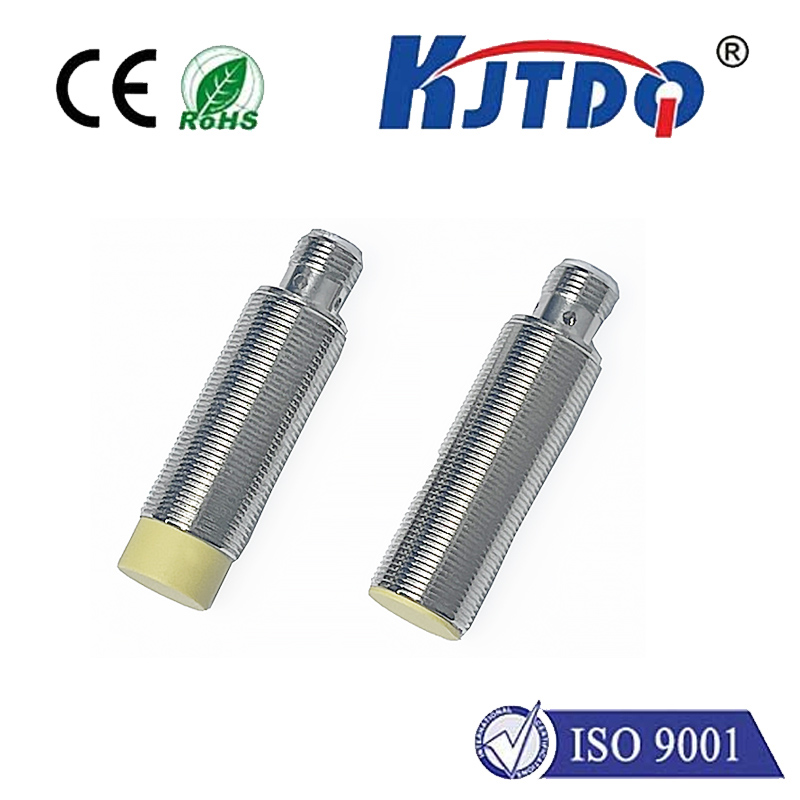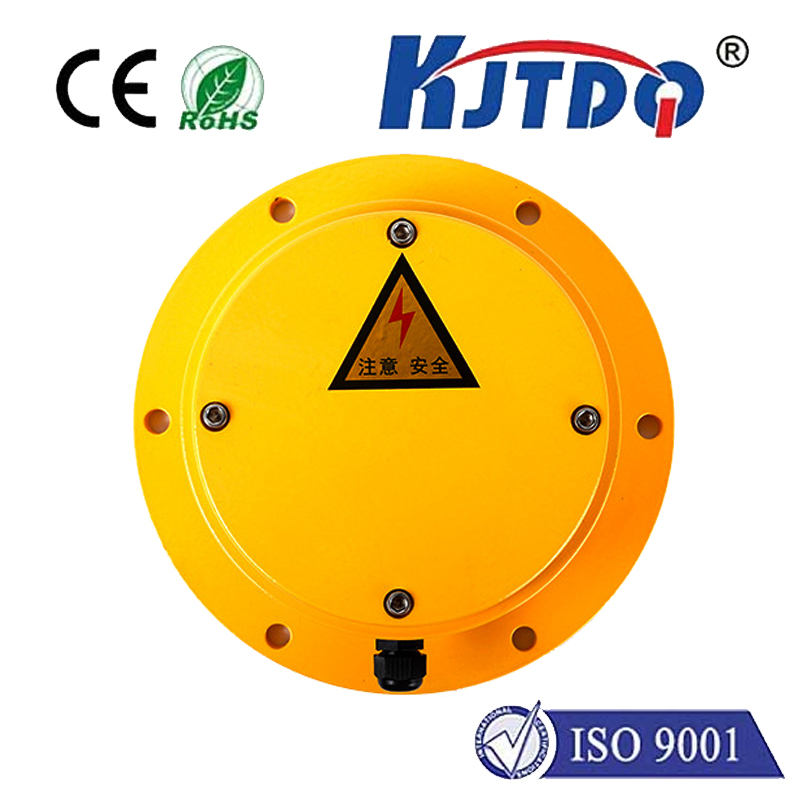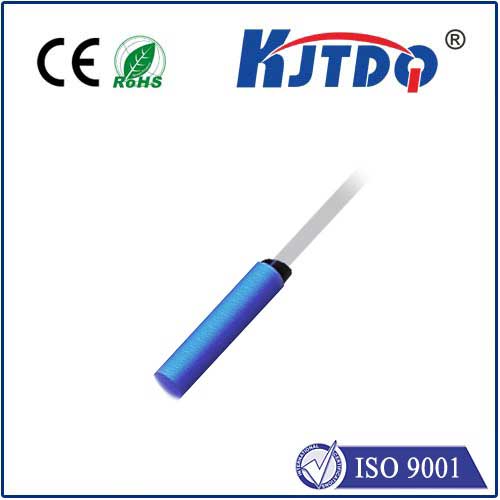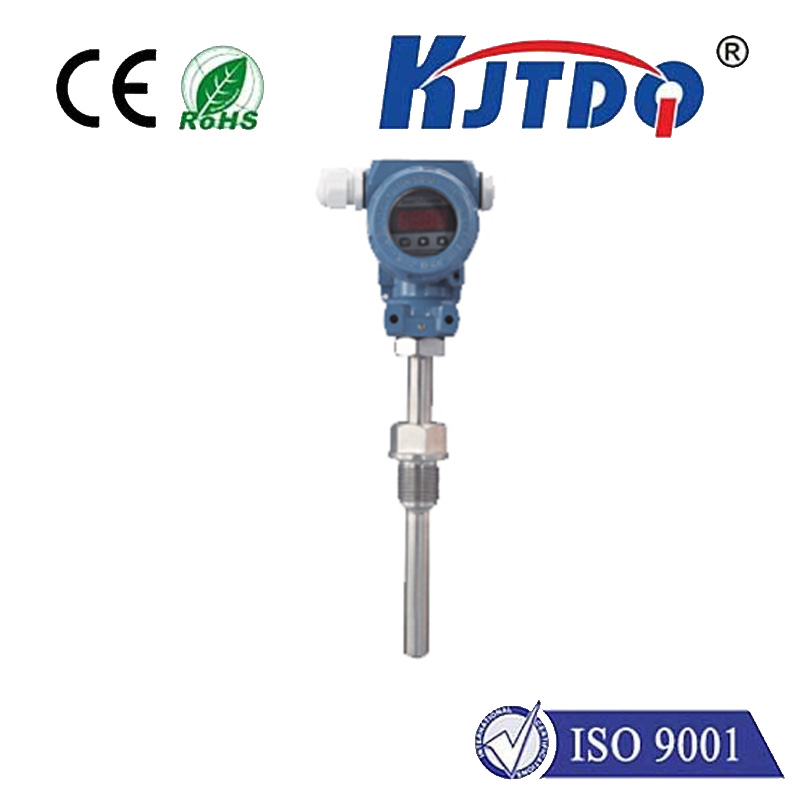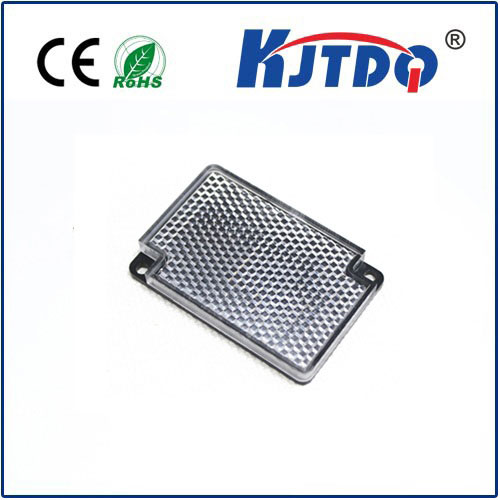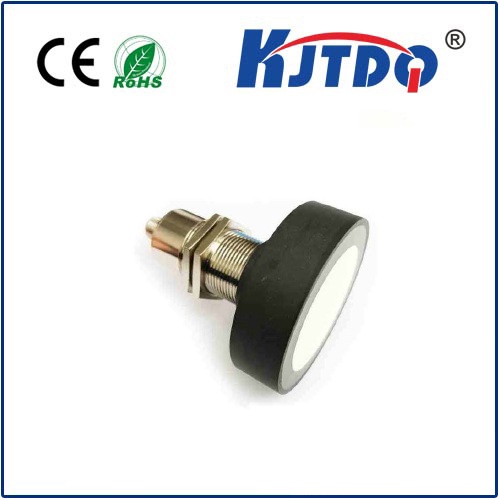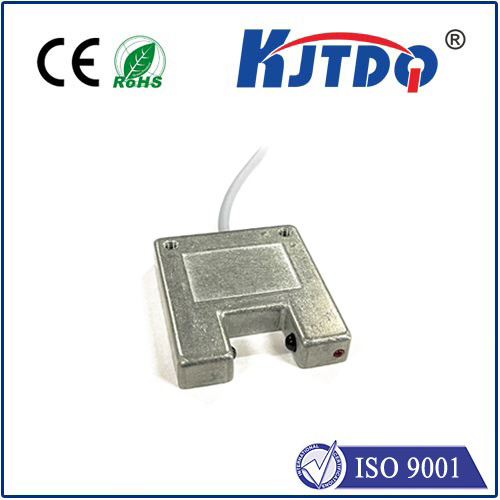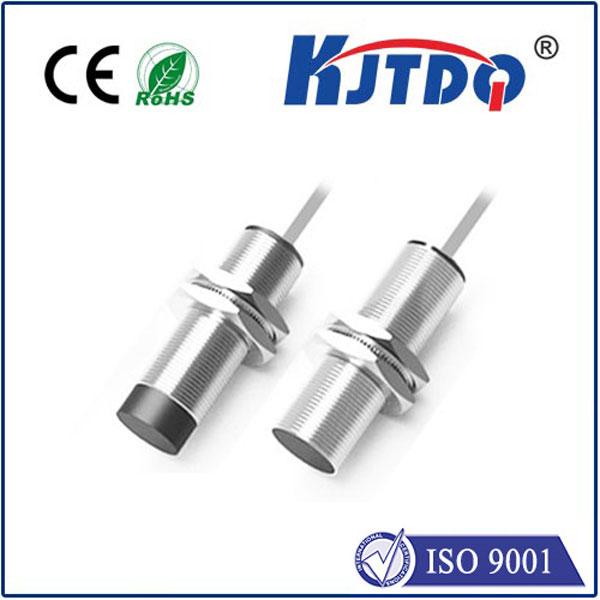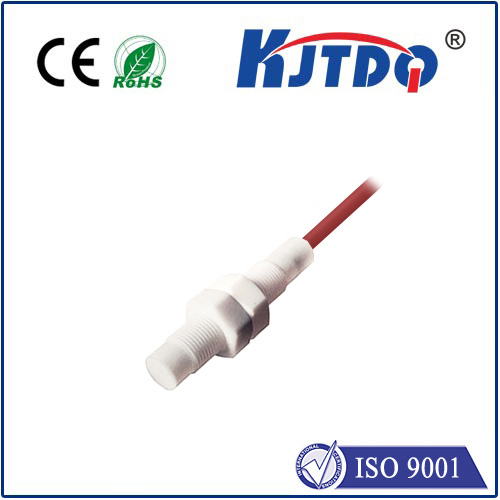
check

check

check

check
Proximity sensors are electronic devices that detect the presence or absence of objects or people within a designated distance. These sensors have become increasingly popular due to their ability to provide accurate and reliable data in various applications. In this article, we will explore the functionality, benefits, and usage of proximity sensors in different industries.
One of the primary benefits of proximity sensors is their ability to detect objects or people without physical contact. This makes them ideal for applications where it is essential to maintain a safe distance between individuals or objects, such as in healthcare facilities, manufacturing plants, and public transportation systems. Additionally, proximity sensors can be used to trigger automated processes or actions based on the detection of an object's proximity, providing increased efficiency and productivity.
Another advantage of using proximity sensors is their low power consumption. Many proximity sensor models operate on batteries or other non-consumptive power sources, making them an excellent choice for applications where energy conservation is a top priority. Furthermore, proximity sensors can be integrated with other technologies, such as artificial intelligence (AI) and the Internet of Things (IoT), to create more advanced and sophisticated systems.
In the industrial sector, proximity sensors are widely used in various applications, including machine vision, quality control, and process automation. By detecting the presence of obstacles or defects in production lines, these sensors can help manufacturers improve product quality and reduce waste. Similarly, in the automotive industry, proximity sensors are used for safety purposes, such as collision avoidance systems and lane departure warnings.
In the entertainment industry, proximity sensors are employed in interactive installations and experiences, such as augmented reality (AR) and virtual reality (VR) games. These sensors allow users to interact with digital objects in real-world environments, providing an immersive and engaging experience.
In conclusion, proximity sensors offer numerous advantages in various industries due to their ability to detect objects or people without physical contact, low power consumption, and integration with other technologies. As technology continues to advance, we can expect to see even more innovative uses for proximity sensors in the future.
